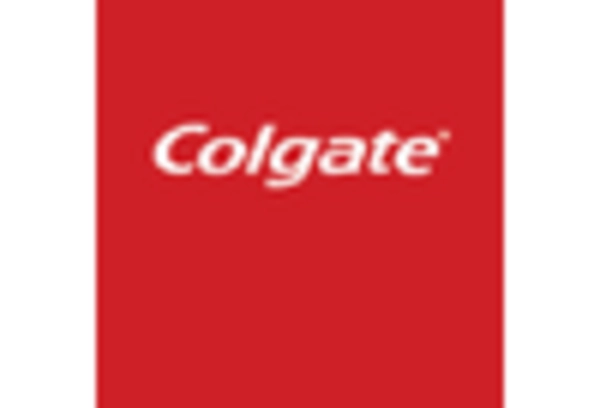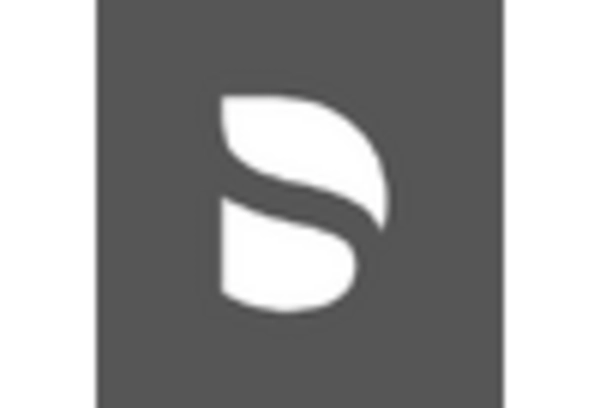Growing Focus on Mental Health
The rising awareness of mental health issues in India is influencing the sleeping bruxism-treatment market. Stress and anxiety are recognized as significant contributors to bruxism, prompting a greater emphasis on holistic treatment approaches. Mental health professionals are increasingly collaborating with dental practitioners to address the psychological aspects of bruxism. This integrated approach may lead to a broader range of treatment options, including counseling and stress management techniques, alongside traditional dental interventions. As mental health awareness continues to grow, the market could see a shift towards more comprehensive treatment plans, potentially increasing market demand.
Increasing Incidence of Bruxism
The prevalence of bruxism in India is rising, with studies indicating that approximately 8-10% of the population may be affected. This increase is likely attributed to various factors, including stress and anxiety prevalent in urban settings. As awareness of the condition grows, more individuals are seeking treatment options, thereby driving the sleeping bruxism-treatment market. The demand for effective solutions, such as dental guards and therapeutic interventions, is expected to surge as more people recognize the potential long-term consequences of untreated bruxism, including dental damage and jaw disorders.
Advancements in Dental Technology
Technological innovations in dentistry are significantly impacting the sleeping bruxism-treatment market. The introduction of advanced diagnostic tools, such as digital imaging and 3D printing, allows for more accurate assessments and personalized treatment plans. Moreover, the development of custom-fitted dental appliances has improved patient compliance and comfort. As dental professionals in India adopt these technologies, the effectiveness of treatments is likely to enhance, leading to increased patient satisfaction. This trend may contribute to a projected growth rate of around 5-7% in the market over the next few years, as more patients seek out these advanced solutions.
Regulatory Support for Dental Health Initiatives
Government initiatives aimed at improving dental health in India are likely to bolster the sleeping bruxism-treatment market. Regulatory bodies are increasingly promoting awareness campaigns and preventive measures to address oral health issues. This support may lead to enhanced funding for dental research and the development of new treatment modalities. As public health policies evolve, there may be a greater emphasis on early diagnosis and intervention for conditions like bruxism. Consequently, this regulatory environment could stimulate market growth, encouraging dental professionals to adopt innovative treatment strategies.
Rising Disposable Income and Healthcare Spending
The increase in disposable income among the Indian population contributes to the growth of the sleeping bruxism-treatment market. As individuals have more financial resources, they are more likely to invest in their health and well-being, including dental care. This trend is reflected in the rising expenditure on healthcare services, which has seen an annual growth rate of approximately 10-12%. With more people willing to pay for preventive and corrective dental treatments, the demand for bruxism-related solutions is expected to rise. This shift in consumer behavior may lead to a more competitive market landscape, with various treatment options becoming more accessible.

















Leave a Comment